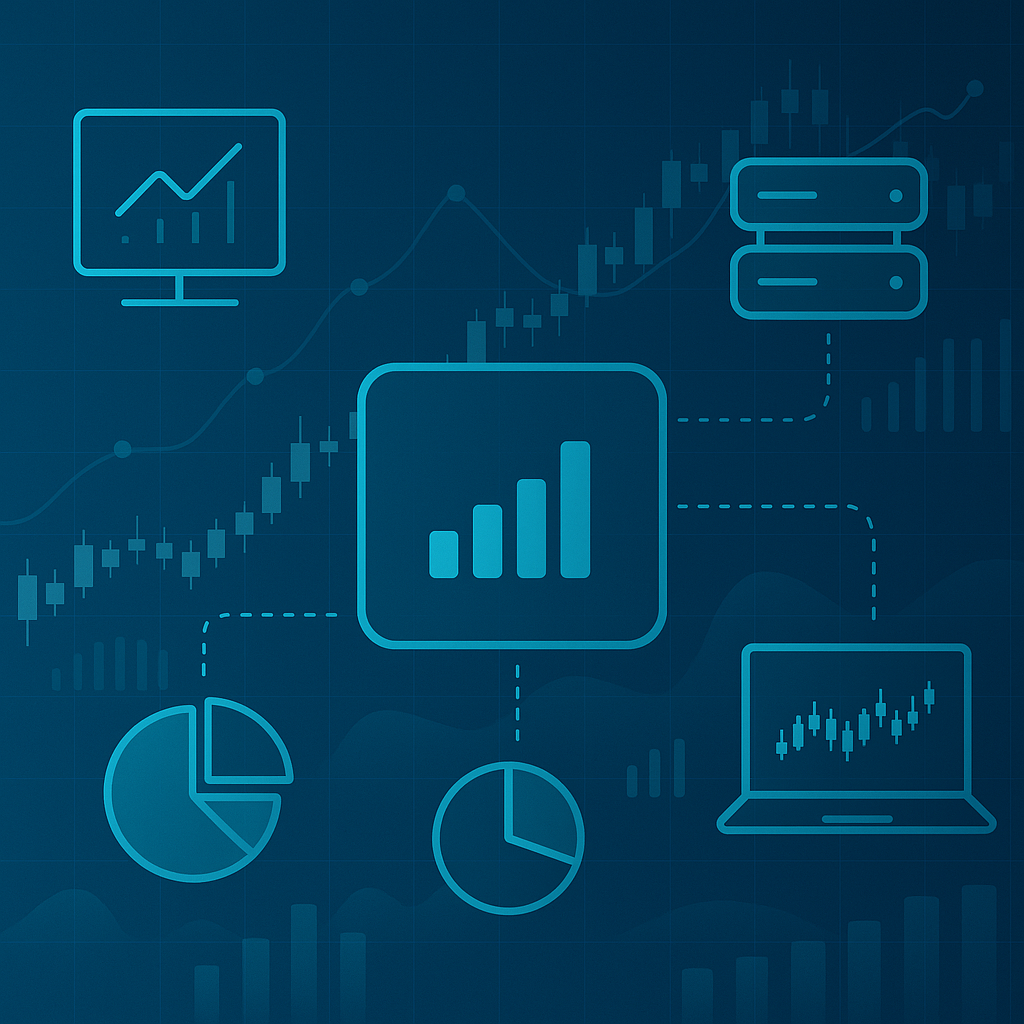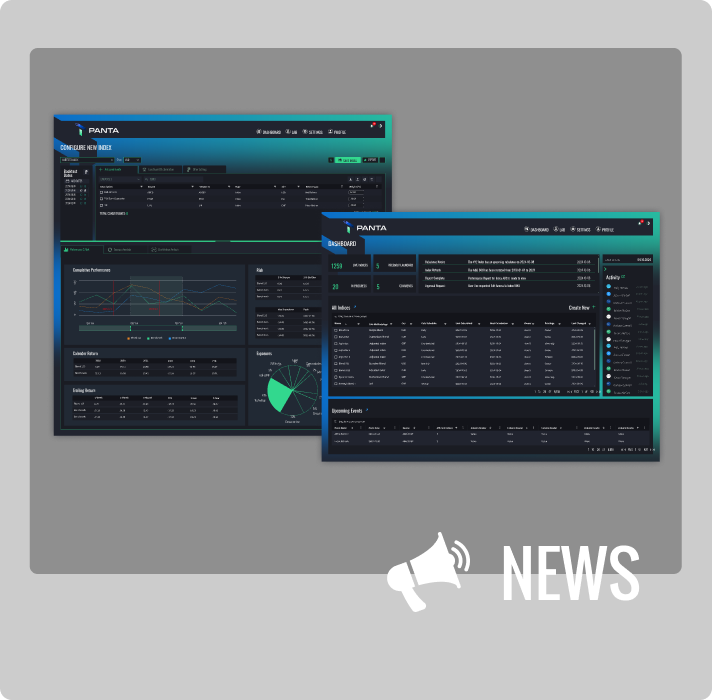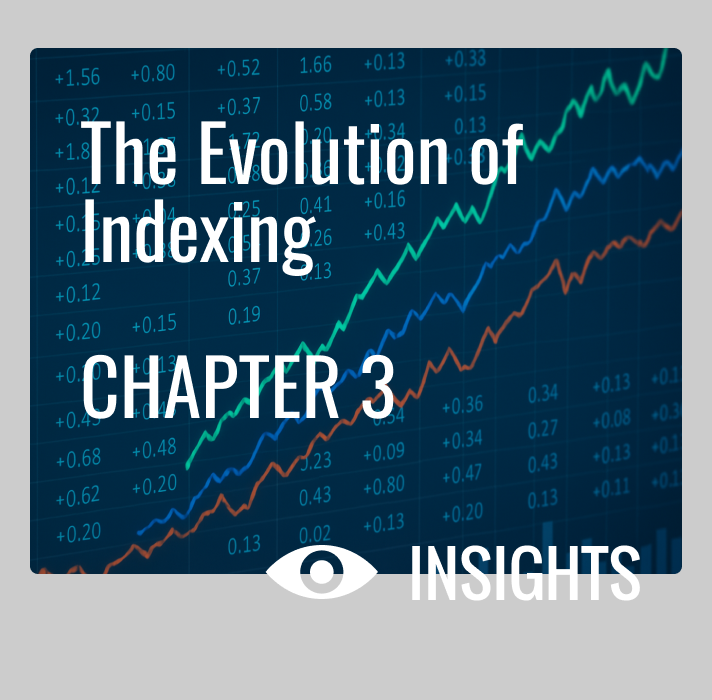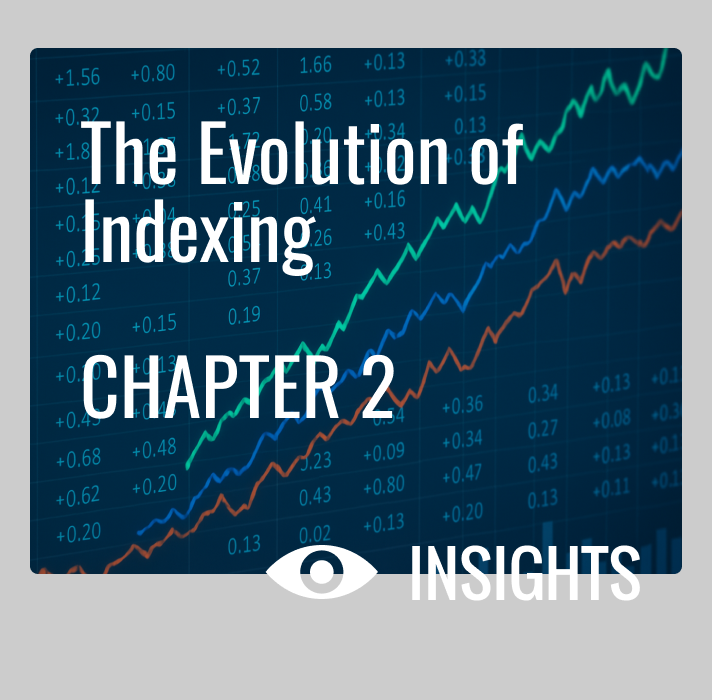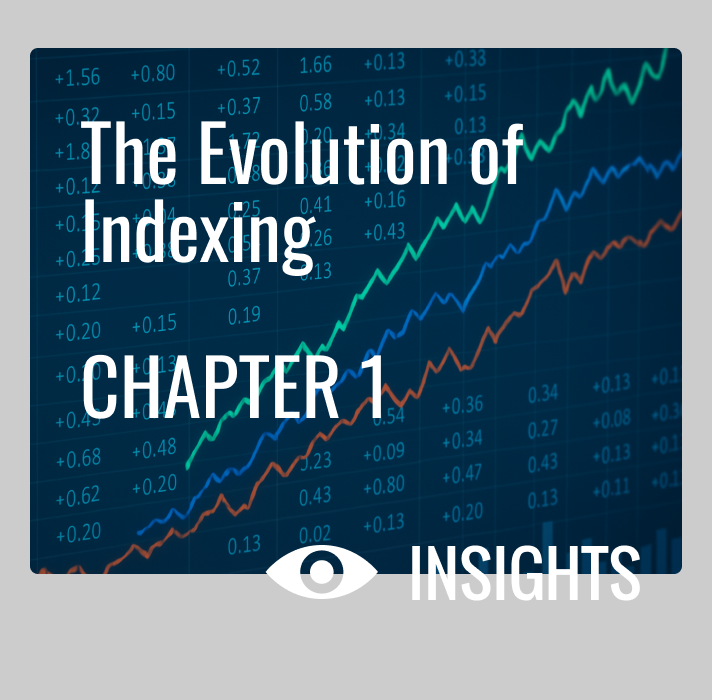The Next Evolution
Just as technology was reshaped by unified operating systems and cloud computing, the future of index investing will likely be defined by the adoption of a comprehensive Index Operating System.
The Index Operating System serves as the common language and interface connecting all aspects of index management. IndexOS offers a single platform for index creation, testing, and management; standardized processes for data integration and calculations; a consistent framework for compliance and risk management; and seamless integration and easy communication between all participants in the indexing ecosystem. This unified operating system frees participants to focus on value creation rather than managing diverse infrastructure components.
An IndexOS would inherently provide the strong, scalable systems that make it easier to expand and run index strategies effectively. These systems include tools for accurate calculations, automated handling of corporate actions, flexible and efficient rebalancing processes, immediate insights through real-time analytics and reporting, and cloud-based architecture designed to work seamlessly alongside current systems.
Empowering the Index Ecosystem
With index investing representing roughly a quarter of global investment assets, nearly every financial institution is deeply connected to this investment approach. Index providers, pension funds, asset managers, wealth managers, banks, hedge funds, and individual investors form a complex ecosystem where some develop and distribute, while many implement index-based solutions across various wrappers. A unified Index Operating System will influence every participant within this landscape.
For Index Providers, this unified approach offers opportunities to focus more on research and methodology innovation by reducing operational overhead. IndexOS can effectively scale customized solutions, enabling quicker responses to market conditions and client demands.
For Market Participants, the advantages are similarly significant. Institutions gain greater control over their index strategies, improve customization and transparency, and reduce operational risk through standardized processes. Enhanced analytics capabilities facilitate better decision-making, allowing for the creation of advanced index-based solutions closely aligned with clients’ objectives.
The Platform Approach
The essence of this unified approach lies in creating a standardized yet flexible platform built on IndexOS. IndexOS provides seamless integration, scalable infrastructure, consistent process management, and comprehensive risk controls, while fostering innovation. Rather than competing with existing services, an IndexOS complements them by offering common infrastructure that enhances each participant’s core strengths.
This approach makes index innovation accessible to all participants, supports rapid delivery of customized solutions, ensures strong risk management and compliance, and encourages collaboration across the industry.
The Time is Now
The industry has reached a point where adopting unified, modern infrastructure is not just beneficial—it is essential for scalable growth.
The technology is available, and market demand is evident. The opportunity is in integrating these capabilities effectively to serve the entire ecosystem. This shift enhances existing processes instead of disrupting them, unlocking greater potential and capability.
As we look forward, one thing is clear: institutions that adopt this unified operating system early will be well-positioned to realize its full advantages. They will innovate faster, operate more efficiently, and better serve the evolving needs of their clients.
A new chapter in index investing is beginning. Just as indexing once democratized market access, this evolution will democratize innovation—opening the door for all participants to thrive.
This concludes our three-part series on the evolution of index investing. The future is promising for those ready to embrace it.

